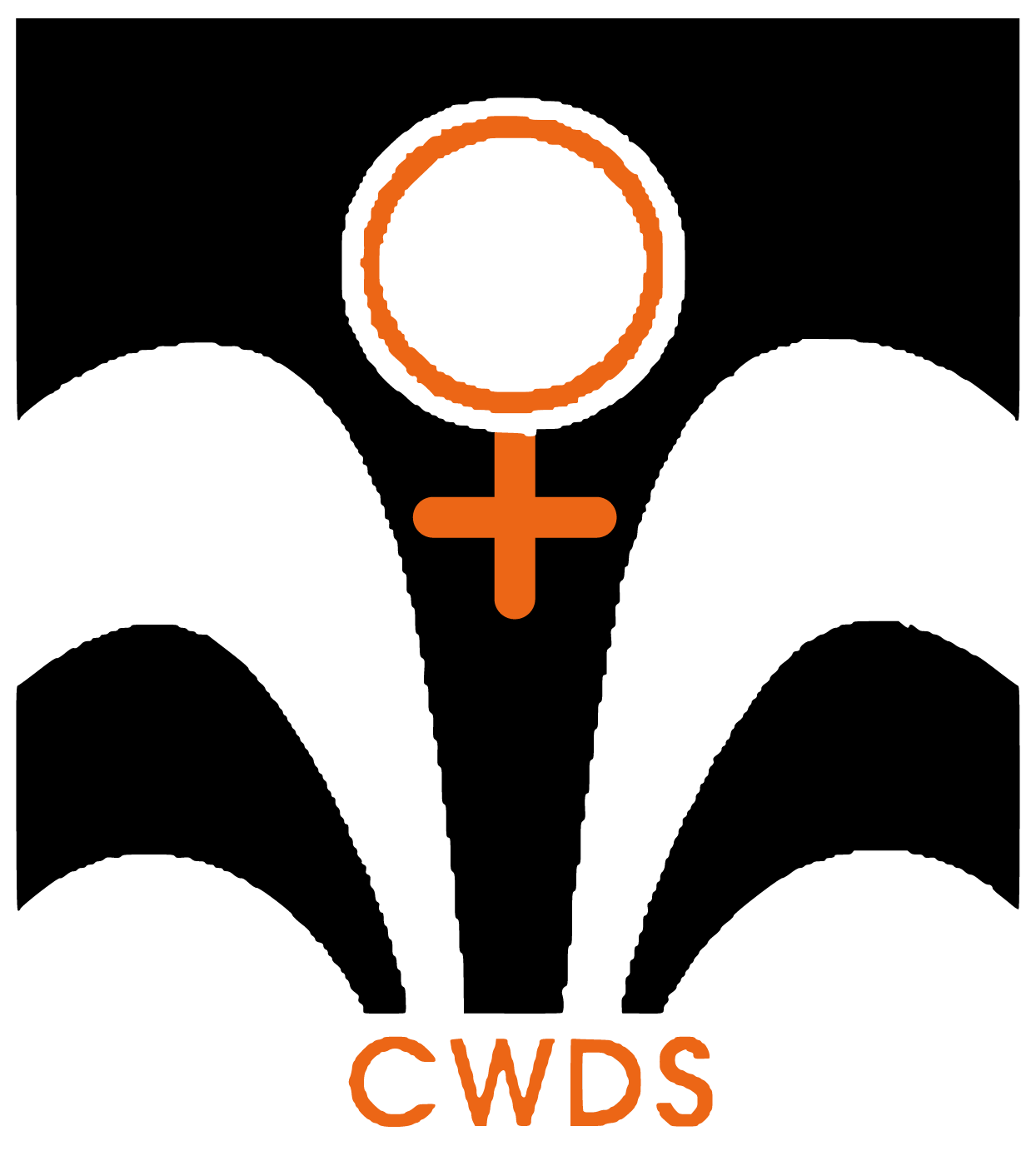- Issues in Medical Ethics1996
While a couple, and more specifically women must have access to knowledge and services to regulate fertility, this right is distinctly different from the objectives of the policies of population control.
- 1996
In 1931, the Fundamental Rights Resolution passed by the Indian National Congress adopted gender equality as a guiding principle.
- Radical Journal of Health1995
The health status of women is a reflection of their social status. In order to get a clear picture of the health status of Indian women, we need to have reliable data on mortality, morbidity, nutritional status, problems related to reproduction, access to and utilization of services, etc.
- The Journal of Family Welfare1993
The status of women in many parts of rural India is low. The situation is even worse among tribal communities or primitive societies, which constitute approximately 7.5 percent of the total population of the country [1]. In such
- Social Change1993
The present paper discusses the status of tribal women in terms of their demography, health; education and employment. Despite constitutional protection and assurances, even after four and a half decades, their status is
- The Journal of Family Welfare1990
The term status of women is very elusive in concept and there are difficulties in defining as well as measuring it (for a detailed discussion on this subject, see Mason [1].
